Dussehra: History, Festival Traditions & Importance
Dussehra, also known as Vijayadashami, is a significant Hindu festival celebrated with great fervor and enthusiasm in India. It marks the victory of good over evil and is a time for reflection, renewal, and the reaffirmation of virtuous principles. This blog will delve into the history, significance, and the various customs associated with Dussehra.
Historical Background
The roots of Dussehra can be traced back to the ancient Indian epic, the Ramayana. The festival primarily commemorates the triumph of Lord Rama over the demon king Ravana. According to the story, Ravana had kidnapped Lord Rama’s wife, Sita, and held her captive in his kingdom of Lanka. After a fierce battle that lasted for ten days, Rama vanquished Ravana, thereby restoring justice and righteousness. Dussehra is observed on the tenth day of this epic battle, symbolizing the victory of dharma (righteousness) over adharma (unrighteousness).
The Significance of Dussehra
Celebration of Goodness: Dussehra serves as a reminder of the importance of upholding moral values and righteousness in our lives. It encourages us to make the right choices and stand up against evil, both within and around us.
Cultural Diversity: While the festival is most widely celebrated by Hindus, it is also observed by other communities in India, showcasing the country’s cultural diversity and unity.
Symbol of Unity: Dussehra brings people together as they gather to witness the burning of effigies of Ravana, symbolizing the destruction of evil. It promotes a sense of unity and community.
Customs and Traditions
Ramlila: In the lead-up to Dussehra, many places host theatrical performances known as Ramlila, where the story of Lord Rama is narrated. These plays often culminate in the burning of effigies of Ravana, Meghnad, and Kumbhakaran, symbolizing the destruction of evil.
Apta Leaves: In some regions of India, people exchange Apta leaves as a token of goodwill and blessings. Apta leaves are believed to bring good luck and prosperity.
Sindoor Khela: In West Bengal, married women apply sindoor (vermillion) on the foreheads of each other as a sign of their marital status and to seek the blessings of Goddess Durga.
Ayudha Puja: In the southern states of India, Dussehra is a time to worship weapons, tools, and vehicles as an expression of gratitude for their role in one’s life.
The Traditional Attire/ Fashion Dress
1. Sarees:

The Epitome of Elegance Sarees has been a timeless choice for Indian women during Dussehra. Bright and vibrant colors like red, orange, and yellow dominate the palette. Traditional silk Sarees, such as Kanjivaram, Banarasi, and Chanderi, are popular choices, adorned with intricate zari work and embellishments. The drape of a saree adds grace to your look, making it the perfect choice for Dussehra Pooja or a family gathering.
2. Lehengas:

A Majestic Spin For those looking for a regal touch, lehengas offer a splendid option. Lehengas with rich embroidery, mirror work, and intricate detailing are a common sight during Dussehra celebrations. The combination of a beautifully embellished blouse, a flared skirt, and a matching dupatta can make you stand out in the crowd. Pair it with statement jewelry, and you’re ready to make a grand entrance.
3. Salwar Kameez:

Flowing Elegance Anarkali suits exude grace and charm, making them a top choice for the festivities. With their long, flowing silhouettes and exquisite embroidery, these suits provide comfort without compromising on style. A vibrant Anarkali in bold colors is perfect for Dussehra events where you want to make a statement while staying comfortable.
4. Kurta and Palazzo Sets:

Comfort Meets Tradition The fusion of traditional and modern fashion has given rise to the kurta and palazzo set. These ensembles are comfortable, versatile, and stylish. Choose vibrant kurtas with intricate embroidery or prints and pair them with palazzos for a trendy Dussehra look. Don’t forget to accessorize with jhumkas and bangles for a touch of tradition.
Modern Fusion Fashion
1. Indo-Western Outfits: A Contemporary Twist For those who like to blend modern fashion with traditional aesthetics, Indo-Western outfits are a fantastic choice. An Indo-Western gown or a fusion saree with a contemporary blouse can make you the trendsetter of the event. Play with colors, textures, and silhouettes to create a unique look that’s both elegant and edgy.
2. Crop Tops and Skirts: Youthful Vibe Younger generations are often drawn to crop tops and skirts, which offer a vibrant and energetic look. Pair a colorful crop top with a flowy skirt for an ensemble that’s perfect for Dussehra parties. The advantage of this style is that you can re-use these separates in other outfits, making them a practical addition to your wardrobe.
We at Samyakk, showcase you with a different variety in ethnic wear that will make you fall in love with. Be it pretty pinks or delightful oranges or sunshine yellows or pure whites or vibrant red, there’s just every colour outfit in trending styles. From traditional to contemporary styles, we got them all for you to choose from. Bring on the festivities with joy, elegance and grace without the all-new festive collection only at www.samyakk.com. To those who are new to Samyakk online shopping, we offer free shipping and cash on delivery service worldwide.
Conclusion
Dussehra is a celebration of the victory of good over evil and the triumph of righteousness over unrighteousness. It is a time for introspection, self-improvement, and the renewal of our commitment to virtuous principles. As the effigies of Ravana are set ablaze, let us also ignite the flames of goodness in our hearts, and may this festival inspire us to lead a life guided by truth, justice, and compassion. Happy Dussehra!
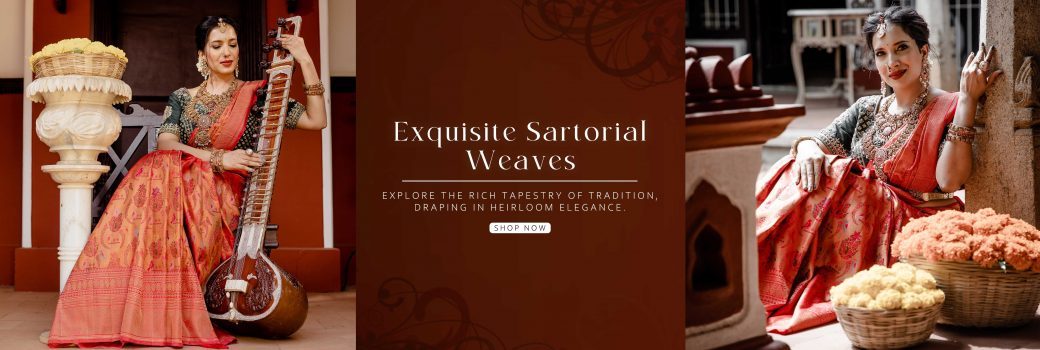
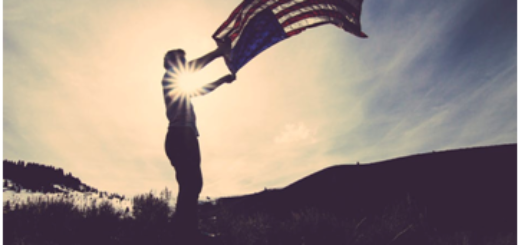

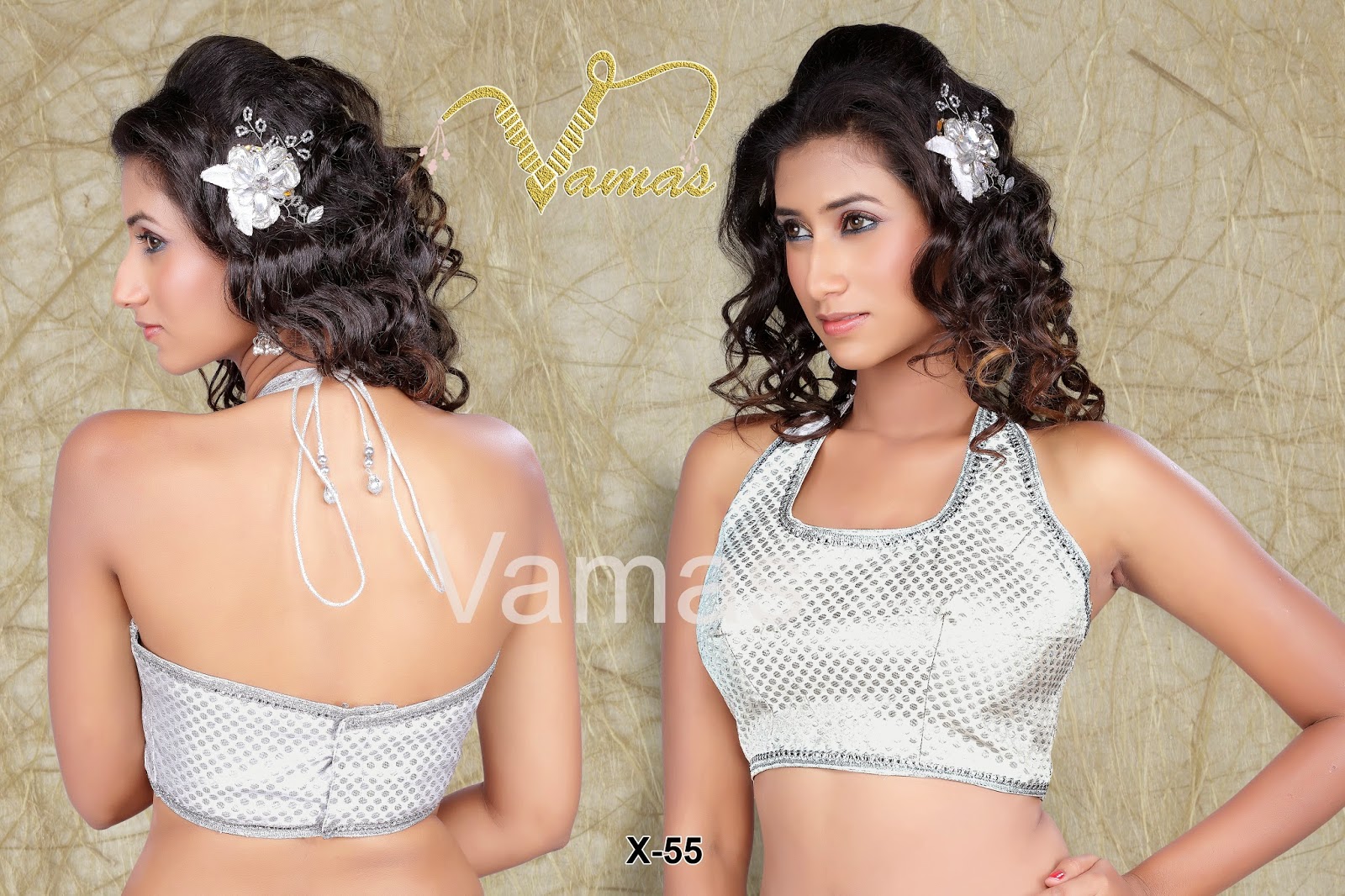
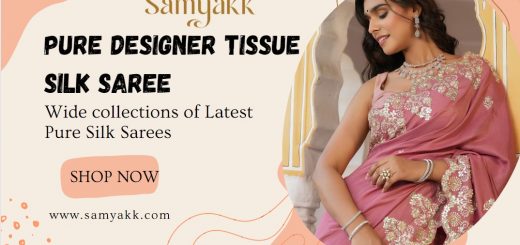
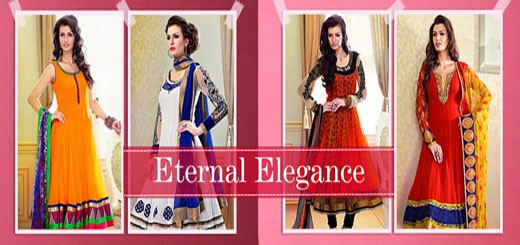
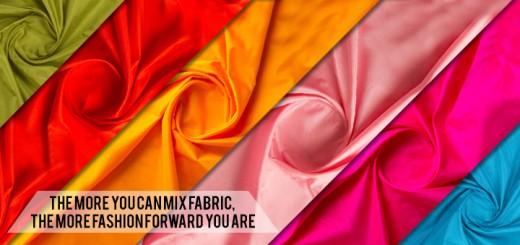
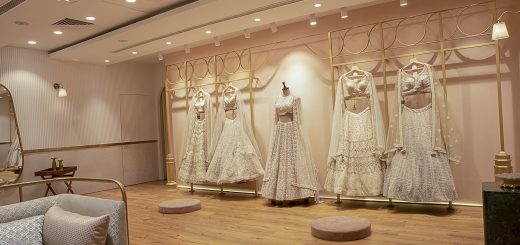
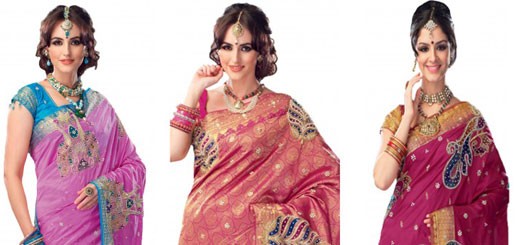
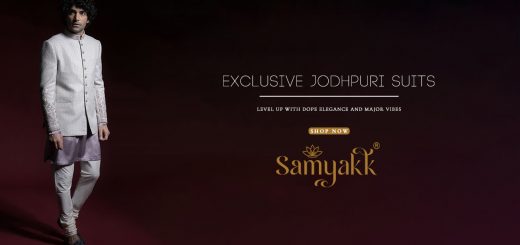
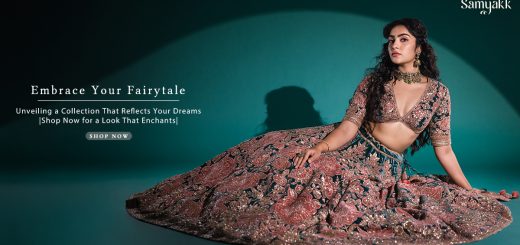
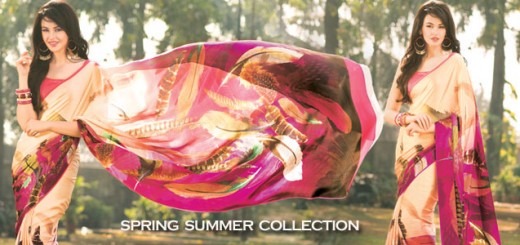
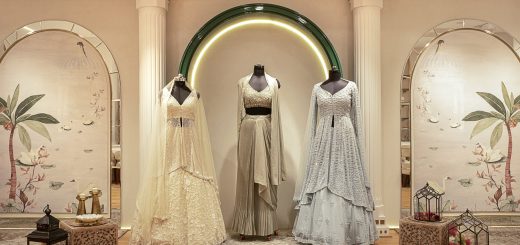
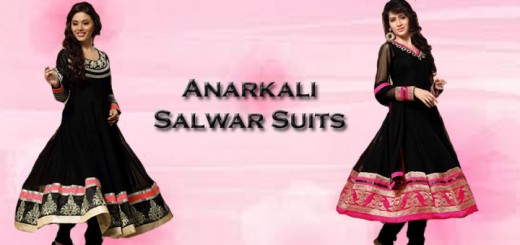
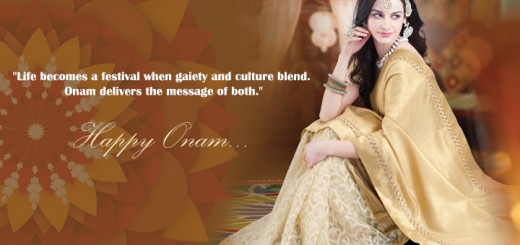
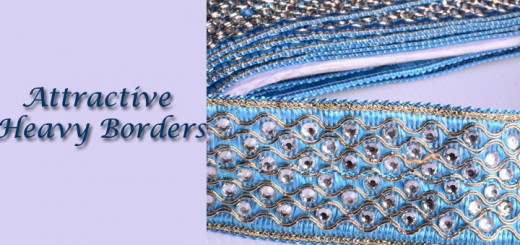
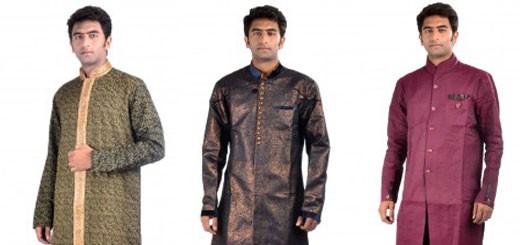
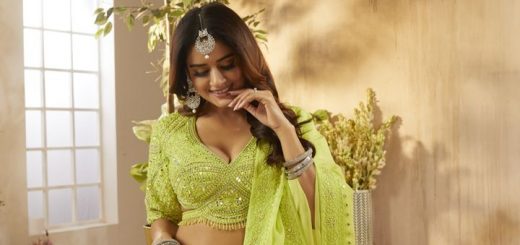
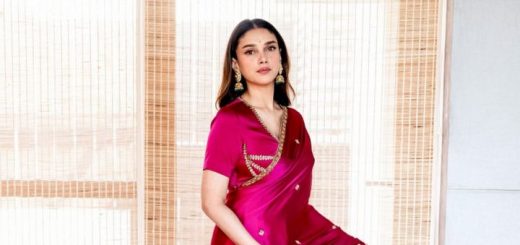
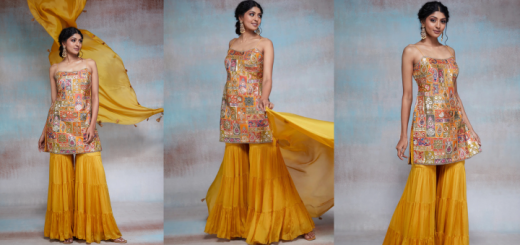
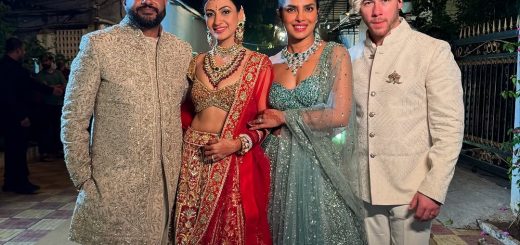


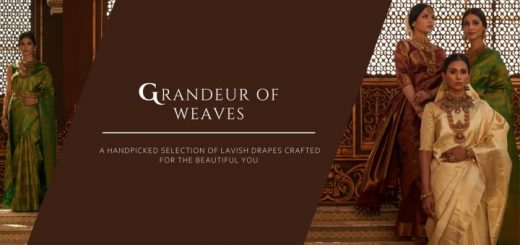
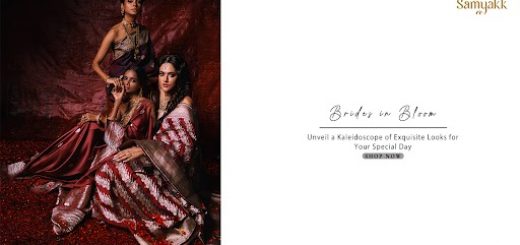

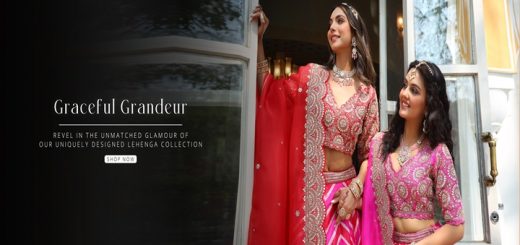
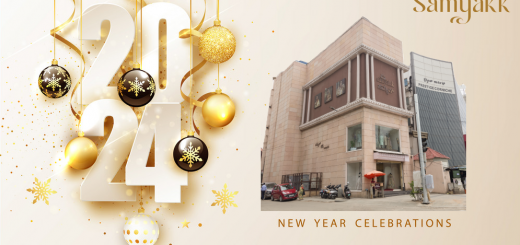
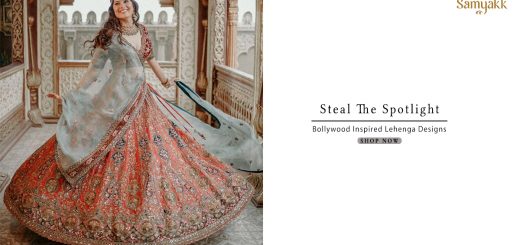







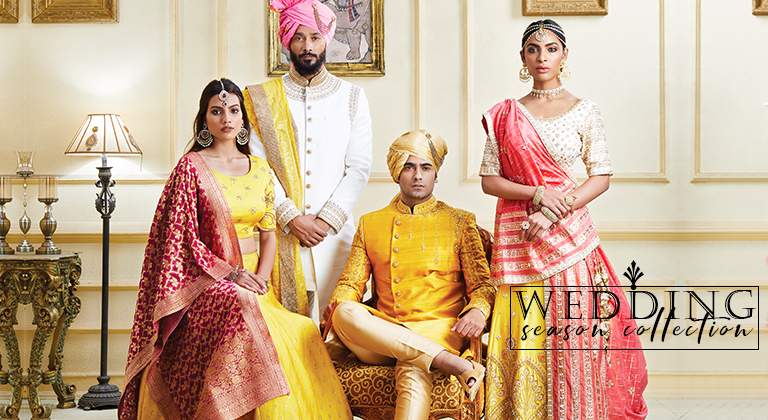
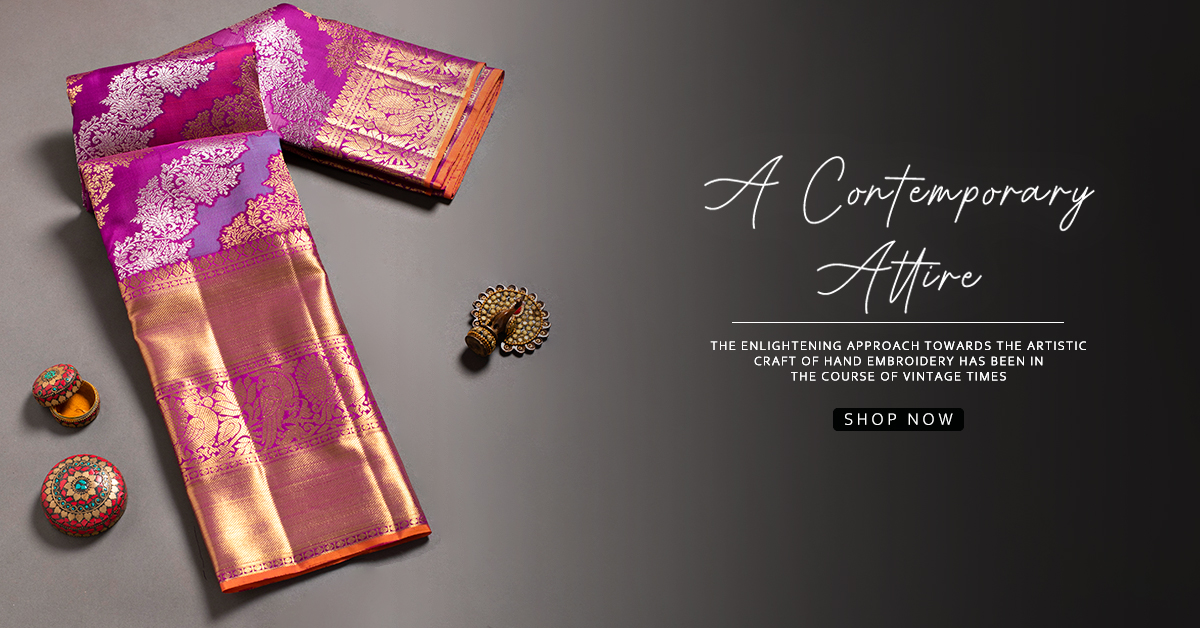
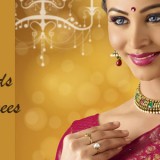
1 Response
… [Trackback]
[…] Informations on that Topic: samyakk.com/blog/dussehra-history-festival-traditions-importance/ […]